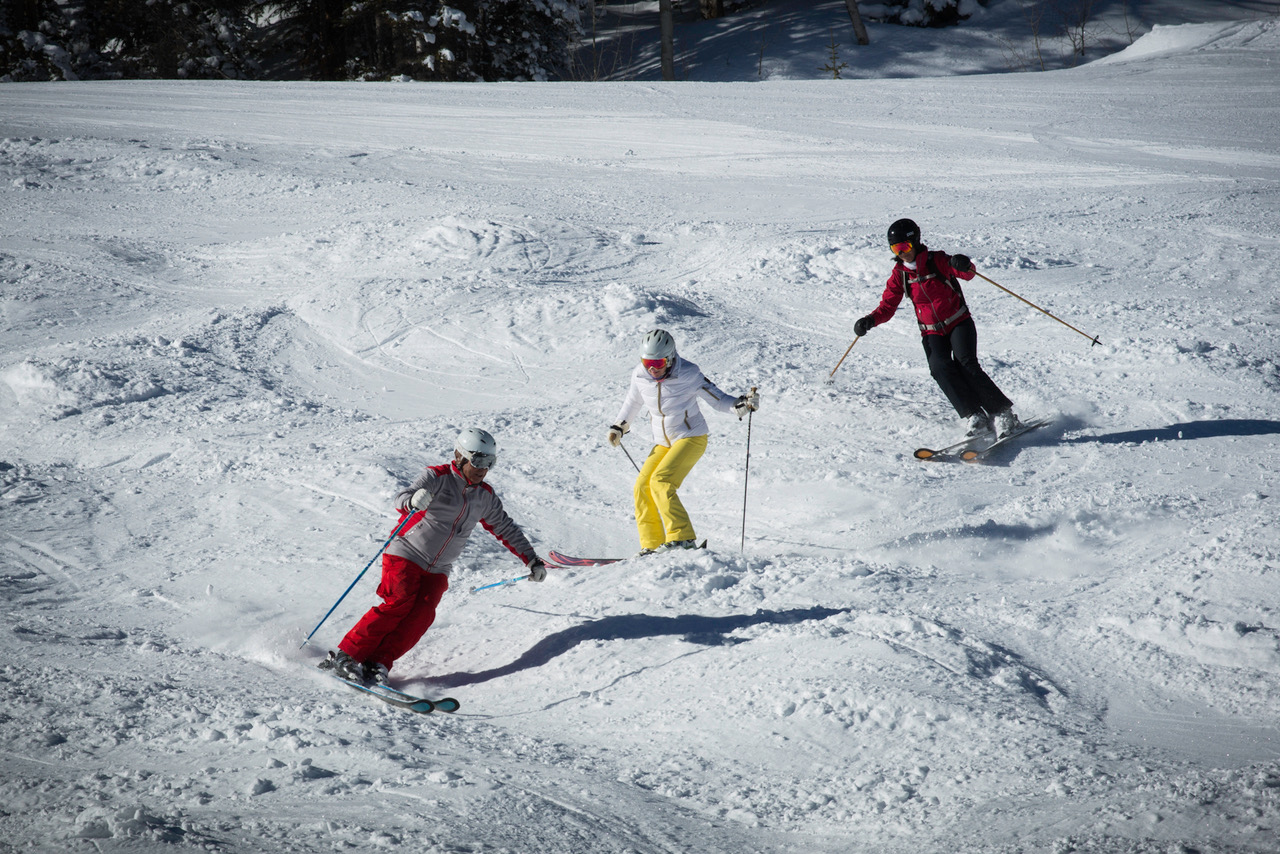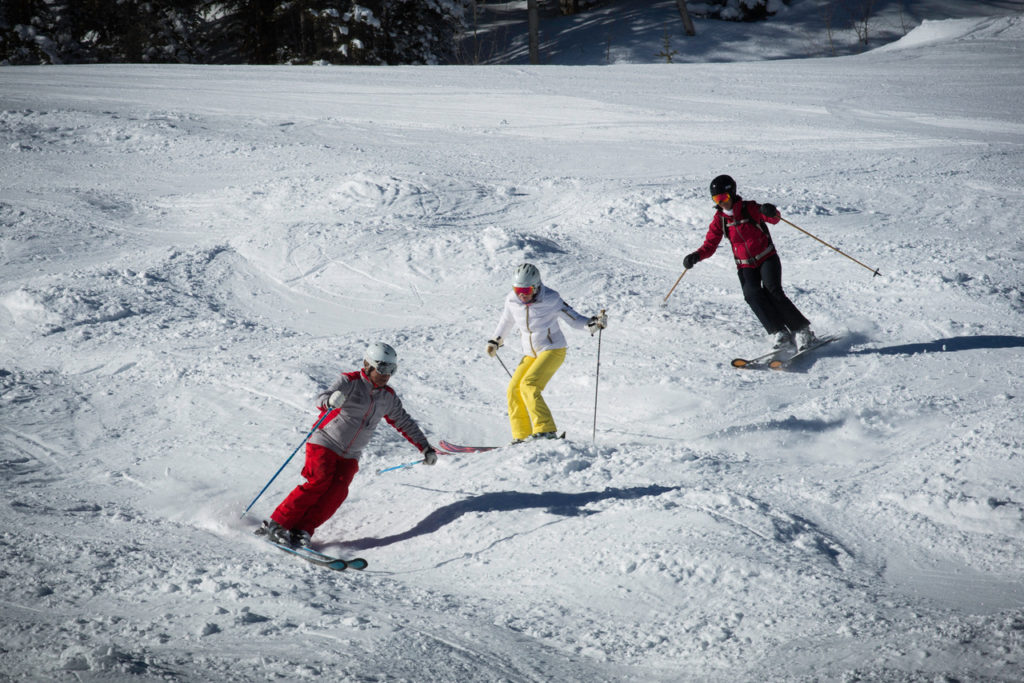A pivotal moment in any ski or boot sale comes when the customer provides a thumbnail portrait of his or her abilities and ambitions. This self-appraisal determines the direction the salesperson is going to take to zero in on the customer’s perfect ski (or boot). The clearer the picture the prospective buyer can paint, the more accurately the sales advisor can match skier to ski.
If only life were so simple. The problem is that a very large percentage of self-assessments, particularly those proffered by men, are, shall we say, optimistic.
I used to believe that many men were naturally averse to being underestimated or taken advantage of, so they inflate their resumes to improve their negotiating position. I’ve since decided that the tendency to overstate ability isn’t born from an urge to dissemble or puff up an insecure ego; the skier is actually being completely honest and forthright. For the tales he tells of his skiing exploits are faithful renditions of the movies in his mind.
The crux of the problem is that we can’t normally see how we ski. We may think we know what we look like, even have deep convictions on the subject, and yet be seriously deluded. This is why even the best athletes in the world have coaches; they know having a set of trained eyes that can break down every move is essential to exploit their innate ability to improve.
Most of us don’t have coaches. Most of us don’t even think of taking a lesson. And yet we ski great, don’t we?
Imitation is a great way to learn, as long as you imitate greatness.
John Clendenin leads students through the bumps in Aspen.
Perhaps. But if you’ve never paid a professional to critique your skiing, what are the chances you’re repeating unhelpful motions to the point where they’ve become natural? Just based on my personal observations, I’d say the odds are extremely high.
Your nervous system is designed to learn repetitive motions, to essentially fast-track commands it recognizes as belonging to an engrained pattern. Your wiring system doesn’t know a good command from a bad one, so it will inculcate whatever sequence you repeat. The more you ski the wrong way, the harder it will be to re-wire you to ski the right way. This is why once you self-instruct yourself to stem your turns, getting rid of that stem crutch becomes a struggle.
Visualizing correct technique and mimicking it in the real world illuminate the path to mastery. But to get on the path in the first place requires a candid self-assessment that strips away illusion and allows you to refocus on impaired fundamentals.
There’s a simple tool that kick-starts this process and just about every man, woman and child in Creation seems to have one: the camera on your smartphone. For once, it can be used for good instead of evil.
Find a gentle, open slope and an accomplice whom you will station some 100 yards or so downhill. Have your videographer shoot you coming straight at the camera and skiing away from it for another few turns.
The clip you’ve just created will only last a few seconds, yet it will contain volumes. It would be impossible to convey as much useful information in words, and the images are unlikely to distort reality the way verbal descriptions often do.
Given that every ski or boot sale includes a passage in which the customer is asked to describe him/herself as a skier, and given the ubiquity of video cameras, taking a few seconds of video seems like an easy and infallible way to clear up what is otherwise an opaque process rife with potential pitfalls, misestimations and false assumptions.
If almost every male is prone to inflate his skiing resume, and if we who labor to match them in gear rarely have visual confirmation of their abilities, how have we salespeople managed to get along so far? Mercifully, there are many indicators of a skier’s true skill set that are in some ways more descriptive than the spoken word. How you stand in a pair of boots, how you flex into the cuff, what you consider a ski sock, even how you walk and sit are hints to aptitude.
It shouldn’t take a long interview for an experienced salesperson to steer you into the right ski genre, but pinpointing the perfect model is as much art as science. Having a video on hand removes the biggest variable in the matching process the salesperson is trying to facilitate. By seeing you as you are on the hill, as opposed to listening to how you see yourself in the movie in your mind, the veteran salesperson should be able to guide you to your ideal ski with near infallibility.

